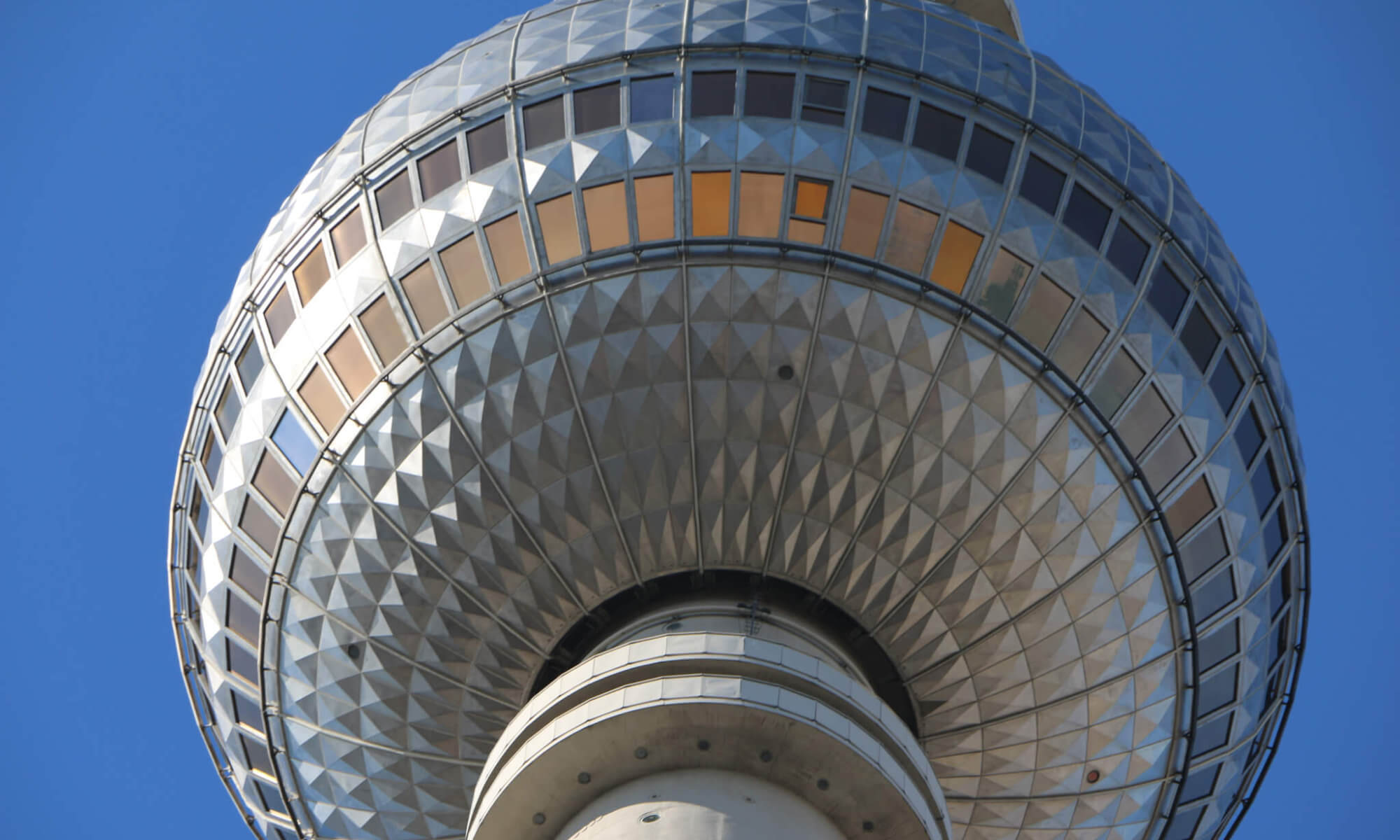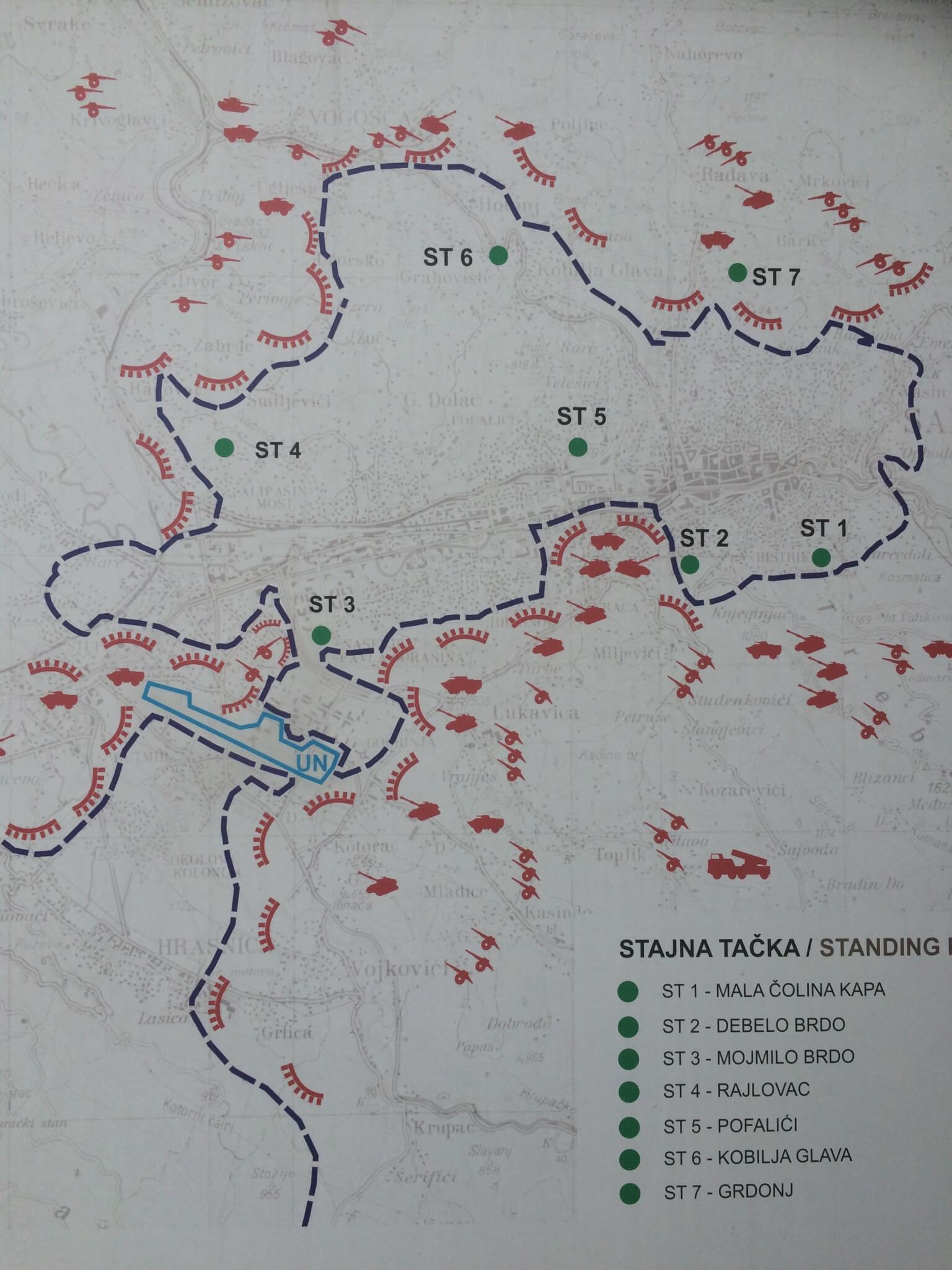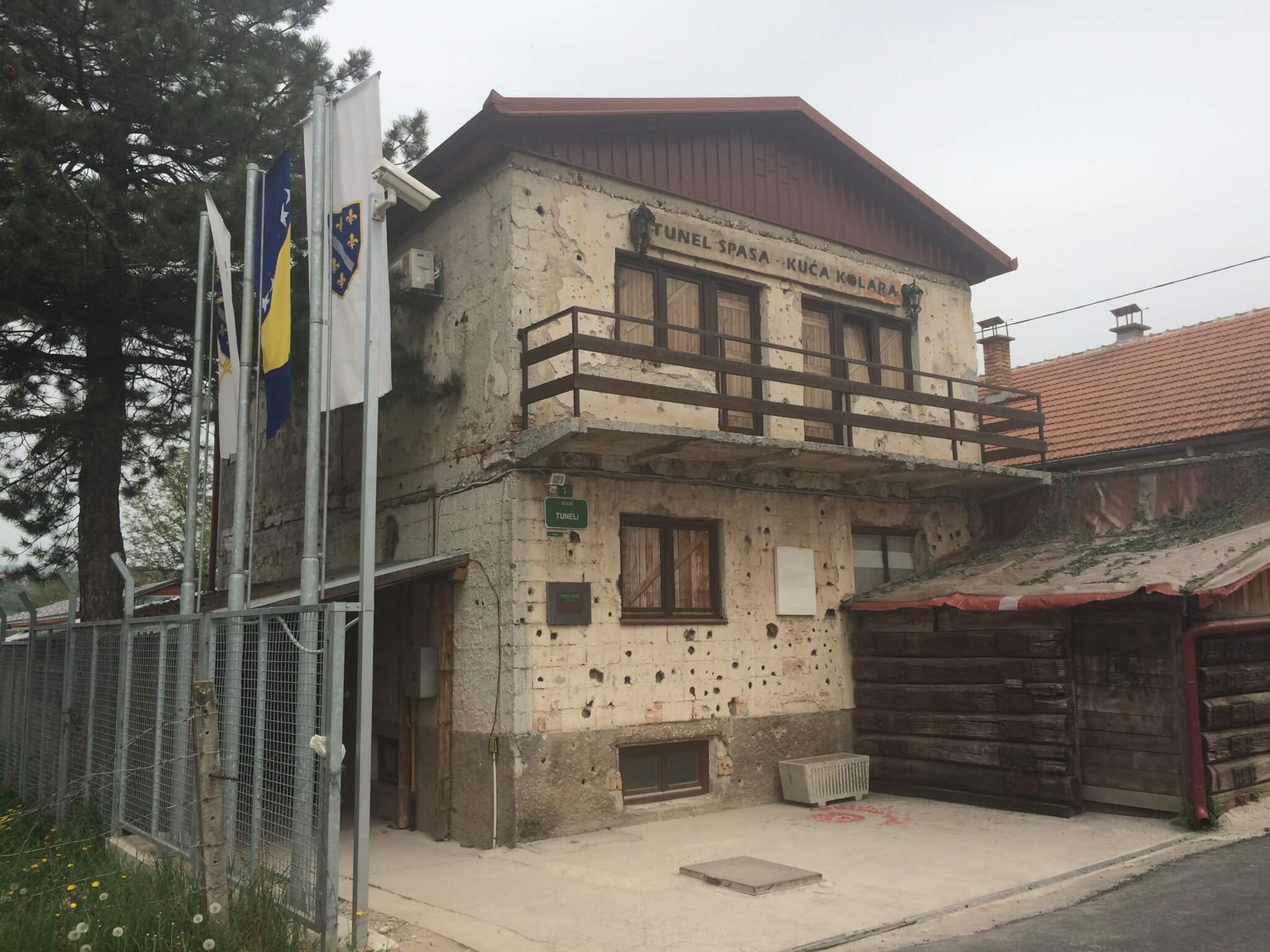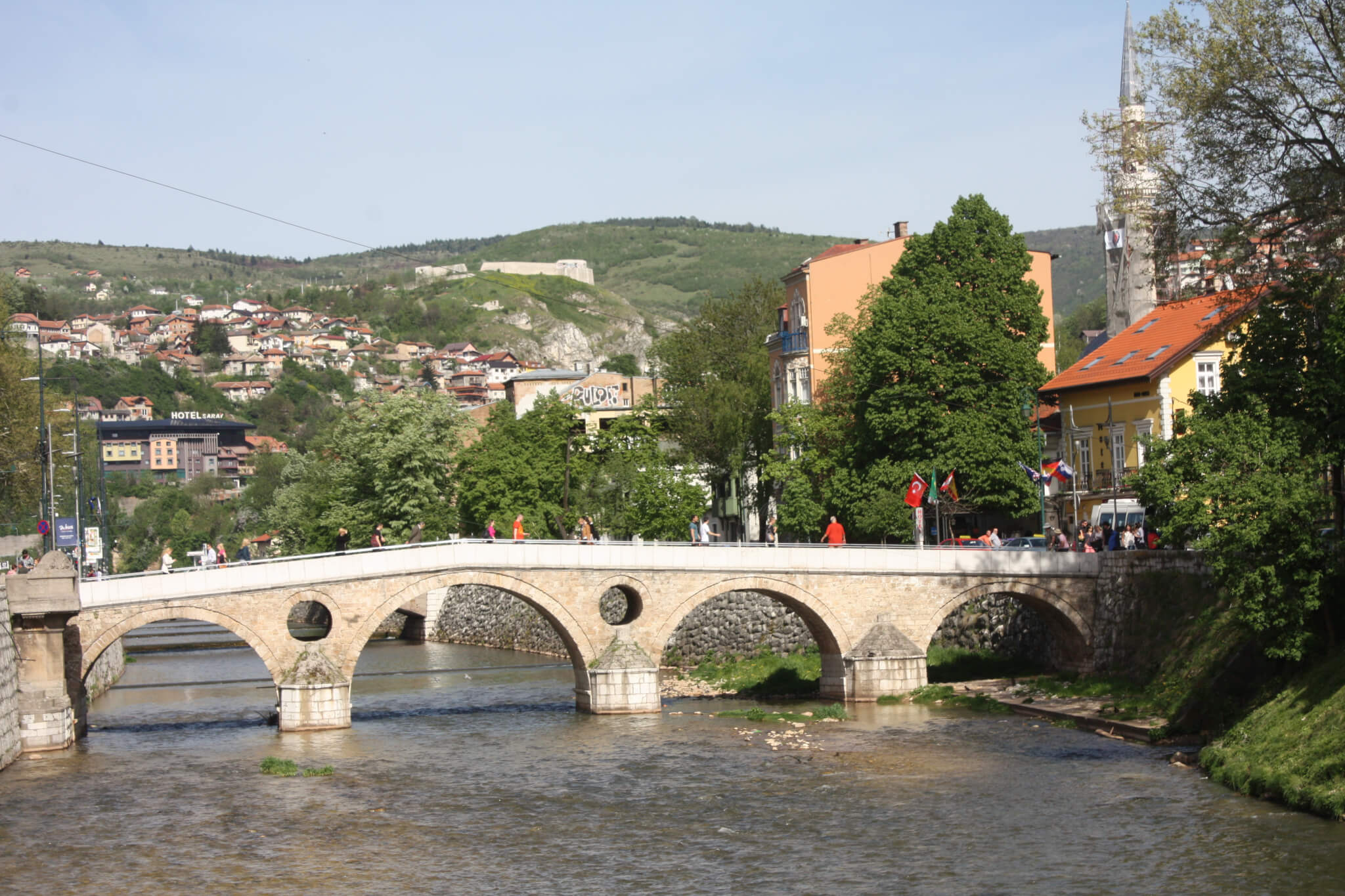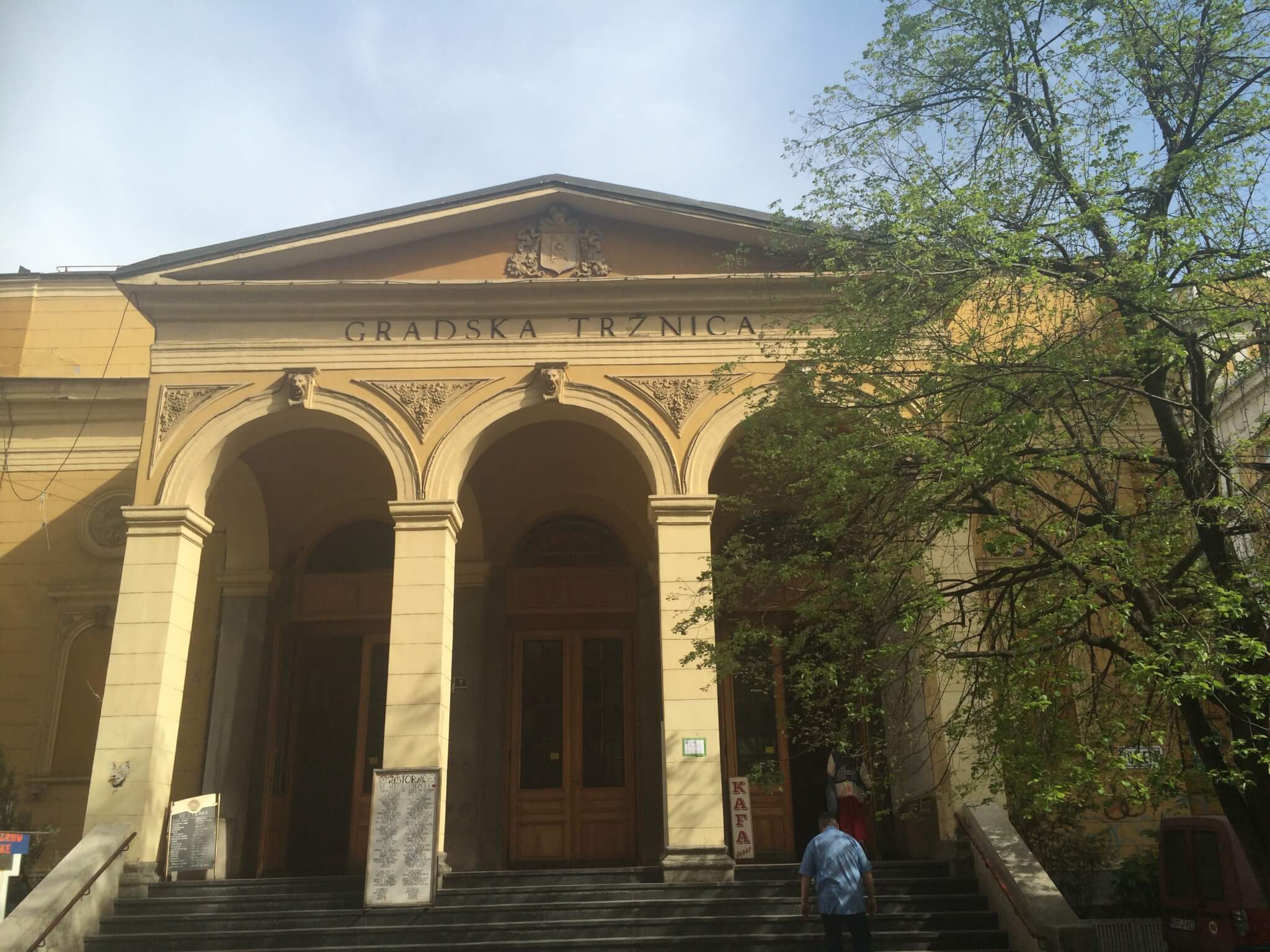Bosnia and Herzegovina is a reflection of Yugoslavia in miniature. Three ethnics and three religions exist next to each other: Bosniak muslims, orthodox serbs and catholic croats. During the siege of Sarajevo, the conflict line was drawn mainly between bosniaks and serbs, therefore between muslims and orthodox christians.
Don’t let them kill us
“Is there a time for keeping your distance
A time to turn your eyes away
Is there a time for keeping your head down
For getting on with your day”
– U2, Miss Sarajevo
The siege of Sarajevo
When Yugoslavia broke in parts in the beginning of the 1990s, the ethnic conflicts in Bosnia and Herzegovina escalated; the state is a reflection of Yugoslavia in miniature. Three ethnics and three religions exist next to each other: Bosniak muslims, orthodox serbs and catholic croats. While the bosniaks, forming the majority of nationals, wanted to became a separate state, the serbs wanted to be part of Serbia or remain in former Yugoslavia and the croats wanted to cooperate close with Croatia. No surprise.
The eternal flame
At the west-end of the Ferhadija a gas fire is burning. It reminds of the liberation of Sarajevo by the troops of Yugoslavia in World War II. It was ignited in 1946 and burned continous until 1992. During the siege natural gas was a scarce good and the termination of the fire was seen as a bad signal.
Continue reading “The eternal flame”Baščaršija
The old Osman quarter is the oldest and maybe the most beautiful place in Sarajevo. Here you’ll find narrow houses with all kind of shops, good restaurants and even the chance to smoke a waterpipe (Nagileh). The location was created in the middle of the 15th century as a trading spot. During the Osman reign it fastly became the central location for crafts and trading of different goods.
Museums in Sarajevo
The museum landscape in Sarajevo is small. Some institutions like the national museum are shut down because of lack of funding and political reasons. Others like the national history museum have not been repaired and you can still see bullet holes on the deteriorating buildings. In others simple things like lightbulbs are missing. But there are still some places worth to see.
Continue reading “Museums in Sarajevo”Tunel spasa
The Tunel spasa is a museum about the tunnel of Sarajevo. It is located in Butmir close to Sarajevo International Airport. During the siege of Sarajevo from 1992 to 1995 there was no way into the city. In 1993 a 800 meter long tunnel was built under the airfield from Dobrinja within the besieged city to Butmir in the free bosnian territory.
Continue reading “Tunel spasa”The Assassination of Franz Ferdinand
Sarajevo is well known for three events in history: (1) the siege between 1992 and 1995, (2) the olympic winter games in 1984 and (3) the assassination of archduke Franz Ferdinand in 1914. Today, there are some traces left at the Latin bridge in Sarajevo: A memorial and a tiny museum where you can see the weapons used, the newspaper reports published afterwards and can learn a bit about the background.
Continue reading “The Assassination of Franz Ferdinand”Markale: The tragedy that ended the war
The historic market hall of Sarajevo is situated in the pedestrian zone, the Ferhadija, close to Trg oslobođenja. As it was built in Austro-Hungarian time its name was officially “Markthalle für Sarajevo” (market hall for Sarajevo) – but the citizens converted the name over time from “Markthalle” to “Markale“. Architect August Butsch created a building in Renaissance Revival architectural style which was opened in 1895.
Continue reading “Markale: The tragedy that ended the war”Buildings well known to the world
When entering the city of Sarajevo, shortly before the main street Ferhadija begins, you’ll find a scenery you might well know. On the left side the massive building of the hotel Holiday Inn, behind that the two UNIS towers; on the other side of the road the skyscraper of the Bosnian parliament.
Continue reading “Buildings well known to the world”